Nature is teeming with creatures that demonstrate extraordinary acts of bravery, all in the name of social bonds and survival. While it might be easy to imagine humans as the pinnacle of altruism, many animals exhibit behaviors that suggest a deeply ingrained instinct to protect one another at all costs. Whether it’s through complex communication, fierce battles, or even sacrificial acts, these animals reveal the remarkable ways in which life persists and thrives in the face of danger. Here are 13 animals that go to great lengths to protect their kin and companions.
1. Elephants
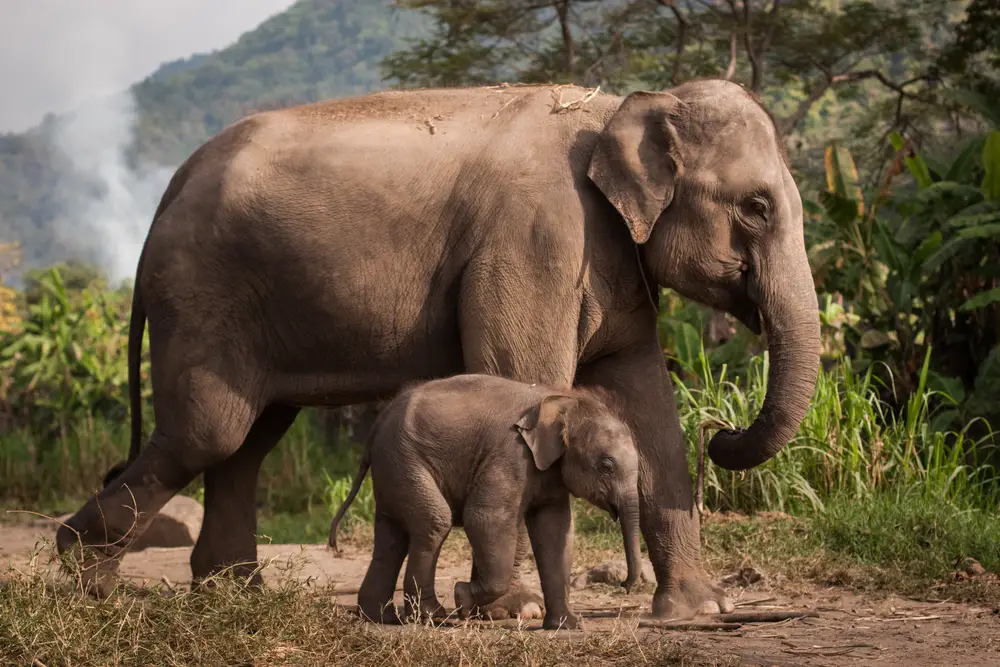
Elephants are renowned for their strong familial bonds and social structures. These gentle giants are known to exhibit protective behaviors, especially when it comes to their young. Female elephants, in particular, form close-knit groups called herds, led by a matriarch who ensures the safety of all members, especially calves. When threatened, elephants encircle their young, creating a living barrier against potential predators.
Research has shown that elephants have sophisticated communication skills that play a crucial role in their protective behaviors. A study published in Proceedings of the Royal Society B indicated elephants use specific vocalizations to alert one another of threats, such as human presence. These vocal signals can travel long distances, ensuring that all herd members receive the warning. The elephants’ ability to perceive and respond to danger collectively is a testament to their intelligence and empathy.
2. Meerkats
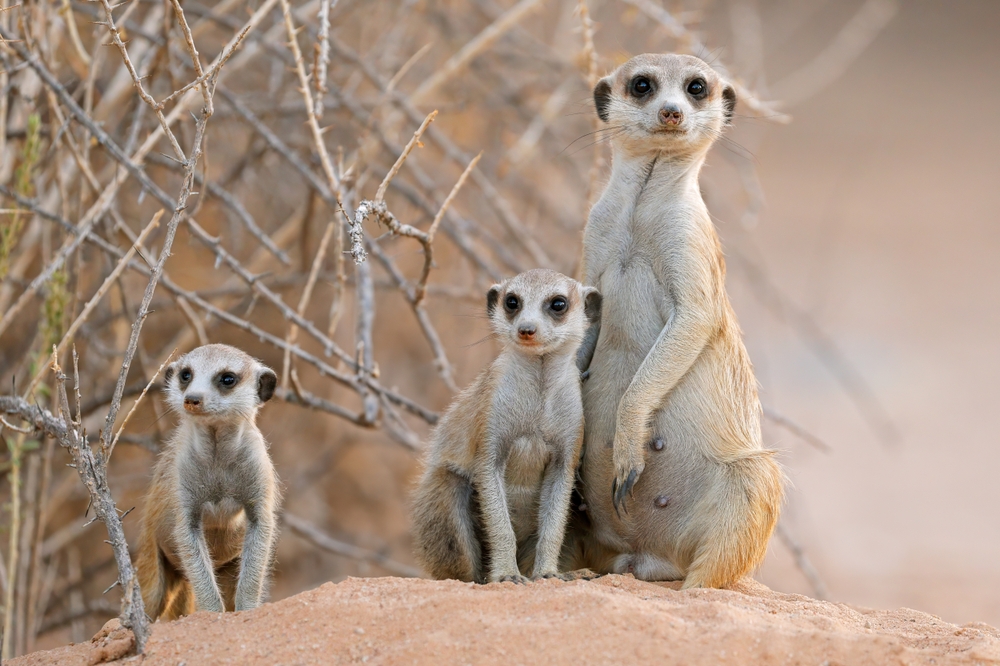
Meerkats are small, social mammals that live in the arid regions of Southern Africa. They are known for their vigilant behavior, often standing upright to scan their surroundings for danger. When a threat is detected, meerkats emit alarm calls to alert the rest of the group. This cooperative behavior ensures that all members have a chance to seek safety.
Beyond their watchful nature, meerkats also take turns standing guard, allowing others to forage and tend to young. This selfless behavior is a testament to their complex social structure and deep commitment to the group’s welfare. Meerkats also display remarkable teaching behaviors, with adults showing juveniles how to handle prey safely. Together, these behaviors highlight the intricate social dynamics that help meerkat communities thrive.
3. Dolphins
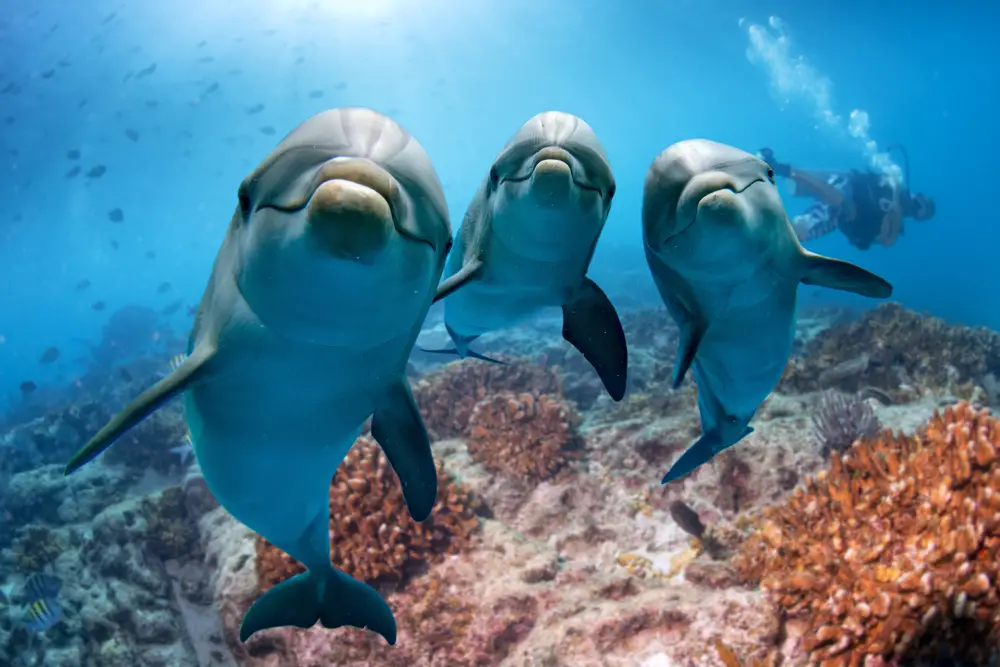
Dolphins are highly intelligent marine mammals known for their playful nature and tight-knit social groups, known as pods. When one member of the pod is injured or sick, other dolphins will support it, sometimes even bringing it to the surface to breathe. This behavior, known as epimeletic behavior, showcases the dolphins’ strong sense of social responsibility and empathy towards their peers.
A study conducted by researchers at the University of St Andrews revealed that dolphins have complex vocal communication systems that play a crucial role in maintaining group cohesion. Dolphins produce signature whistles that function like names, allowing them to recognize and respond to one another even in large pods. This sophisticated system enables them to coordinate actions and protect vulnerable members effectively, emphasizing their cooperative nature.
4. Honeybees
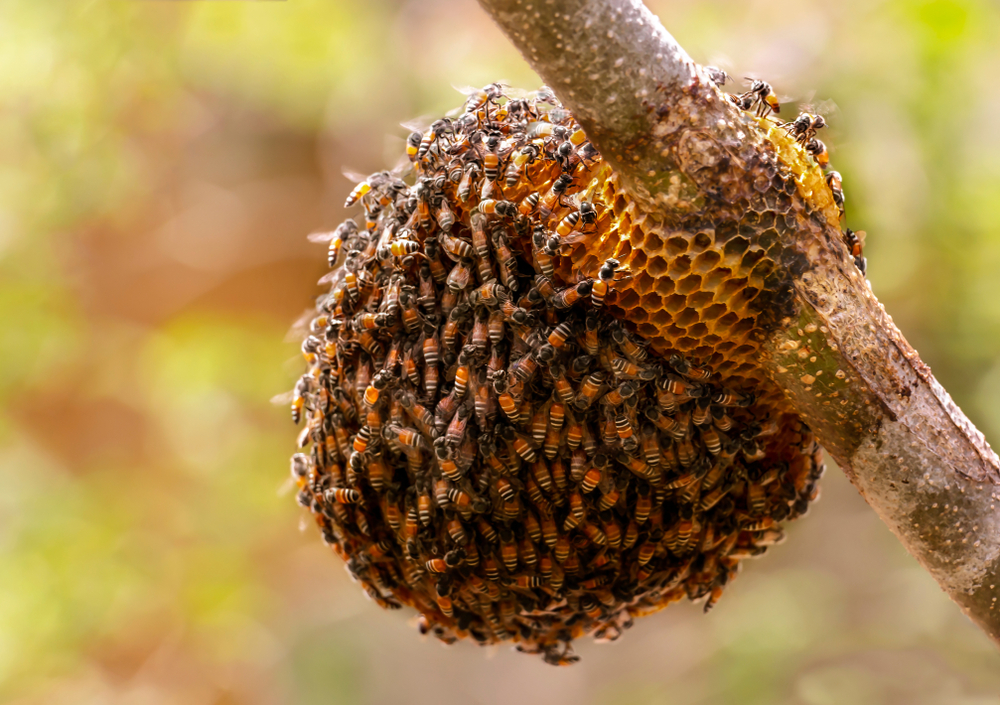
Honeybees are an essential part of our ecosystem, known for their role in pollination and honey production. They live in highly organized colonies where each bee has specific duties that contribute to the hive’s overall health and survival. When a threat approaches, such as a predator or intruder, honeybees will defend their hive aggressively. They’ll swarm the threat and sting repeatedly, often sacrificing themselves to protect the colony.
The social structure of honeybees is a marvel of nature, with each bee instinctively understanding its role from birth. Worker bees, which are all female, are responsible for keeping the hive clean, feeding larvae, and protecting the queen. Despite their small size, honeybees’ collective efforts ensure the survival of their colony, illustrating the power of unity. Their defensive behavior underscores the importance of communal living in the animal kingdom.
5. Wolves
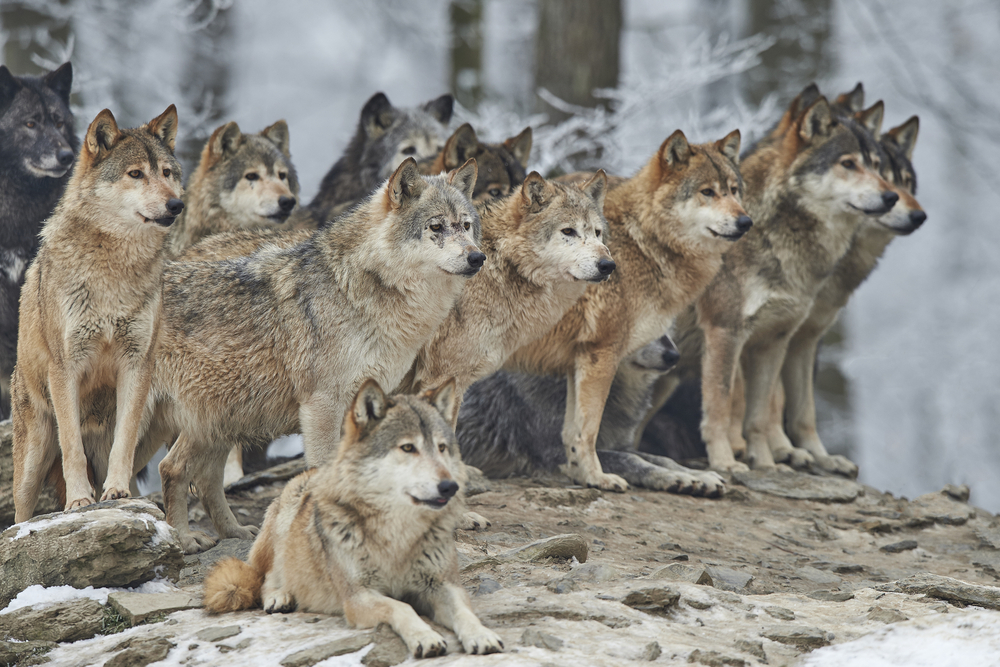
Wolves are pack animals that rely heavily on cooperation and social bonds to survive. Each pack is led by an alpha pair, who guide and make decisions for the group. Wolves communicate through howls, body language, and scent markings, maintaining a strong pack dynamic. When threatened, wolves will rally together, using their collective strength to ward off intruders or predators.
According to a study published in the journal Science, wolves’ social structure and cooperative hunting techniques are key factors in their survival. Researchers found that wolves exhibit behaviors such as food sharing and care for injured members, enhancing the pack’s overall fitness. This behavioral flexibility allows wolves to adapt to changing environments and challenges, emphasizing the importance of teamwork. As apex predators, wolves exemplify the balance of power and care within the animal kingdom.
6. Ants
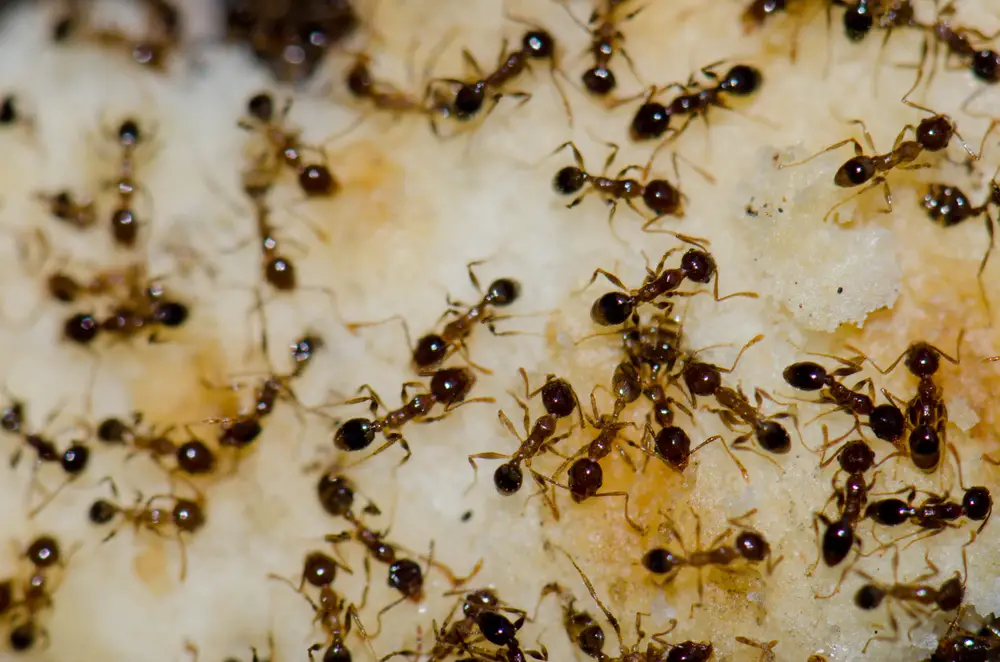
Ants are among the most successful and widespread creatures on Earth, living in colonies that can number in the millions. They exhibit remarkable cooperation, with each ant having a specific role that contributes to the colony’s well-being. When the colony is threatened, soldier ants will defend it fiercely, often sacrificing themselves without hesitation. This unwavering commitment to the colony’s survival is a defining characteristic of ant society.
The organization within an ant colony is akin to a well-oiled machine. Each ant communicates through pheromones, coordinating tasks such as foraging, building, and defense. This chemical communication system allows ants to respond quickly to threats, ensuring the colony’s safety. The intricate social dynamics of ants demonstrate the power of collective action in nature.
7. Baboons
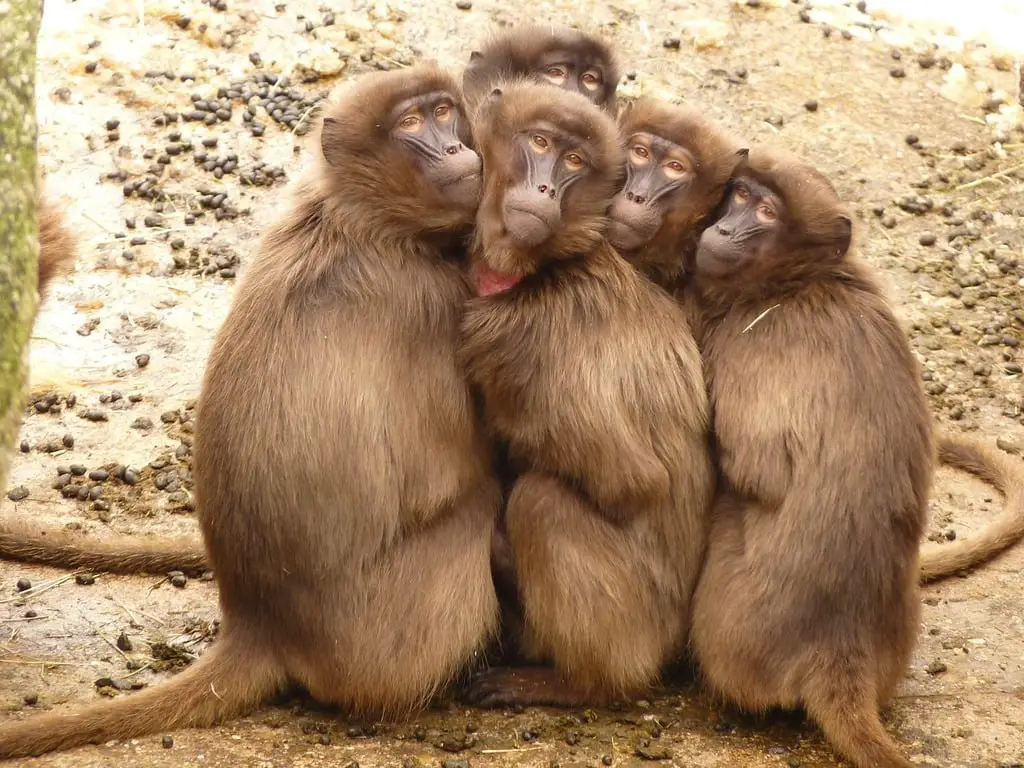
Baboons are highly social primates that live in large troops, often comprising multiple families. Their social structure is complex, with strong bonds forming between family members and friends. When faced with predators, baboons will work together to protect their troop, using their numbers and intelligence to deter threats. This cooperative behavior ensures the safety of vulnerable members, such as infants and juveniles.
A study published in the journal Nature found that baboons use vocalizations, facial expressions, and body postures to communicate and maintain social bonds. This communication is essential for coordinating defense strategies and reinforcing social ties. The research highlighted that baboons with strong social connections are more successful in avoiding predation and ensuring troop survival. Baboons exemplify how social intelligence and cooperation are vital for navigating the challenges of the wild.
8. Prairie Dogs
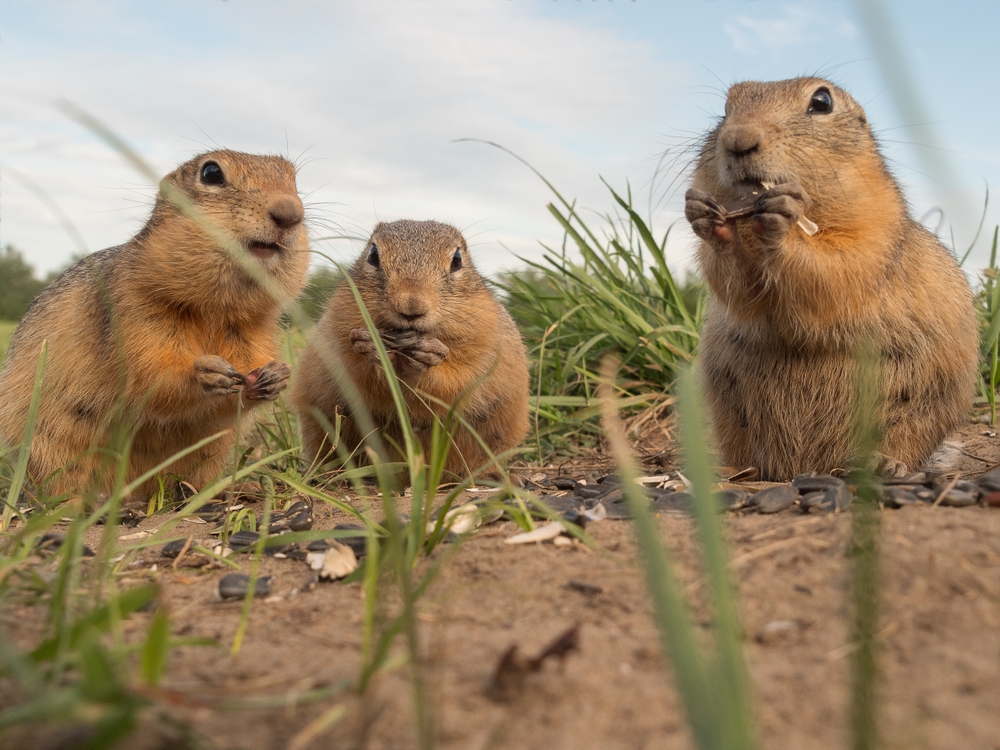
Prairie dogs are social rodents that live in complex underground burrow systems called “towns.” These towns are organized into family groups called coteries, each with its territories and responsibilities. Prairie dogs are known for their sophisticated communication system, using a variety of vocalizations to convey specific information about predators. When a threat is detected, prairie dogs will alert the entire town with alarm calls, allowing everyone to retreat to safety.
Beyond their vocal warnings, prairie dogs also engage in communal activities such as grooming and babysitting, strengthening social bonds within the coterie. This cooperation is crucial for the survival of young and vulnerable members, ensuring the continuation of the colony. Prairie dogs’ ability to work together and communicate effectively demonstrates the power of social living in the animal world. Their intricate social structures are a testament to the benefits of cooperation and community.
9. Orcas
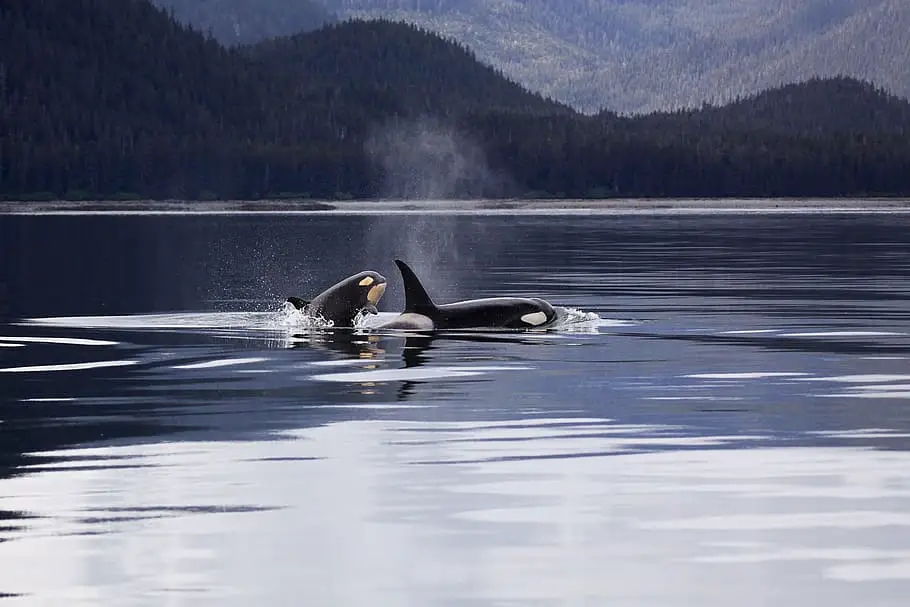
Orcas, or killer whales, are apex predators known for their intelligence and complex social structures. They live in pods, which are often matrilineal, meaning they are organized around a central female figure. Orcas exhibit cooperative hunting techniques, working together to catch prey and share food among pod members. When a pod member is in danger, orcas will rally to protect it, often using their size and strength to deter threats.
The social dynamics of orcas are fascinating, with vocalizations and physical interactions playing a crucial role in maintaining pod cohesion. These intelligent mammals have been observed engaging in complex play behaviors and teaching young, highlighting the importance of social learning. Orcas’ protective behaviors emphasize the strength of family bonds and cooperation. Their ability to adapt and thrive in diverse environments showcases the power of unity in the animal kingdom.
10. Crows
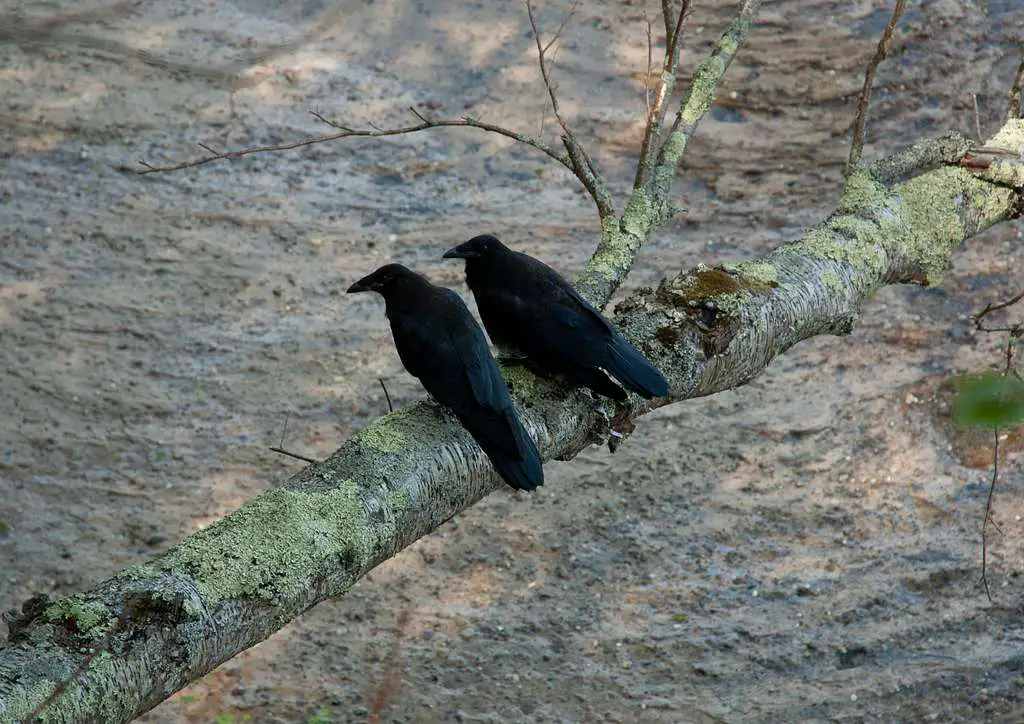
Crows are highly intelligent birds known for their problem-solving abilities and complex social structures. They live in groups called murders, where they communicate and cooperate to ensure their survival. Crows are known to defend their territories aggressively, often working together to mob predators or intruders. This collective defense strategy helps protect their nests and resources from potential threats.
Crows’ intelligence is evident in their use of tools, innovative hunting techniques, and problem-solving skills. They have demonstrated the ability to recognize human faces and remember past interactions, using this knowledge to navigate their environments safely. Crows’ social behavior and intelligence underscore the importance of cooperation and learning in the animal kingdom. Their adaptability and resilience in the face of challenges highlight the power of collective action.
11. Lions
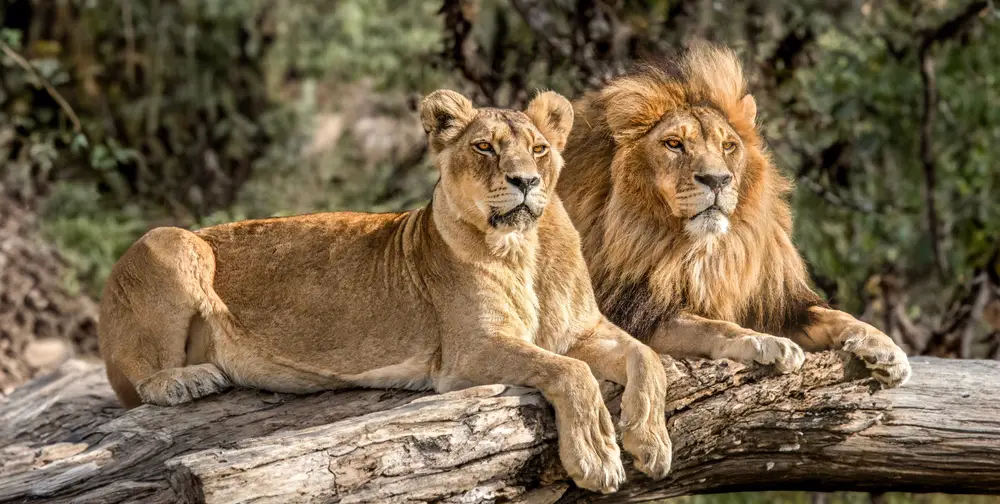
Lions are iconic big cats known for their majestic presence and strong social bonds. They live in prides, which typically consist of related females, their offspring, and a coalition of males. This social structure is essential for hunting, raising young, and defending territory. When a lion pride is threatened, all members will work together to protect their territory and members, displaying remarkable cooperation and strength.
The social dynamics of lions are complex, with intricate relationships and hierarchies within the pride. Communication through vocalizations, body language, and scent marking plays a crucial role in maintaining pride cohesion. Lions’ cooperative behaviors, such as group hunting and communal care of cubs, enhance the pride’s overall success. Their ability to work together and support one another demonstrates the importance of community and collaboration in the animal kingdom.
12. African Wild Dogs
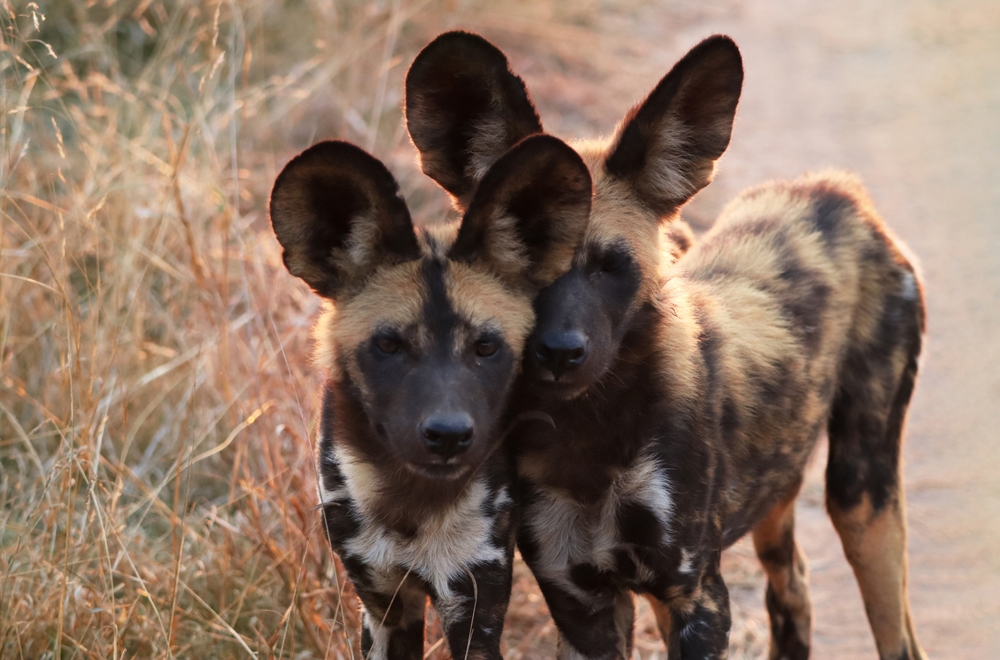
African wild dogs are social carnivores known for their cooperative hunting and strong pack bonds. They live in packs led by a dominant breeding pair, with all members participating in raising the young. When hunting, wild dogs use coordinated strategies to outwit and capture prey, ensuring all members are fed. This teamwork extends to protecting the pack from threats, with all members rallying to defend against predators or competitors.
The social structure of African wild dogs is highly egalitarian, with food and care shared equally among pack members. This cooperation is crucial for survival, as it ensures that even the weakest members are supported and protected. African wild dogs’ commitment to their pack highlights the strength of social bonds and the power of working together. Their success in the wild is a testament to the benefits of cooperation and community.
13. Penguins
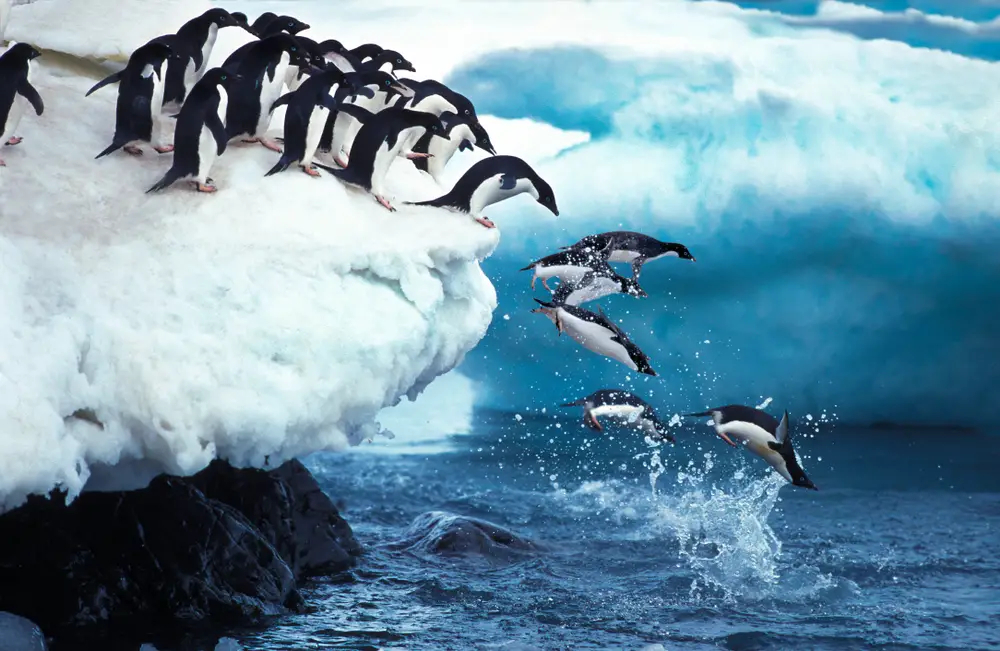
Penguins are flightless birds known for their distinctive black and white plumage and strong social bonds. They live in colonies, where they rely on each other for warmth, protection, and raising young. When threatened by predators or harsh weather, penguins huddle together, creating a living barrier against danger. This cooperative behavior ensures the safety and survival of all colony members, particularly vulnerable chicks.
Penguins’ social behavior extends to parenting, with both parents taking turns incubating eggs and feeding chicks. This shared responsibility strengthens social bonds and ensures the successful raising of young. Penguins’ ability to work together and support one another in challenging environments highlights the importance of social living. Their resilience and adaptability are a testament to the power of cooperation in the animal kingdom.
